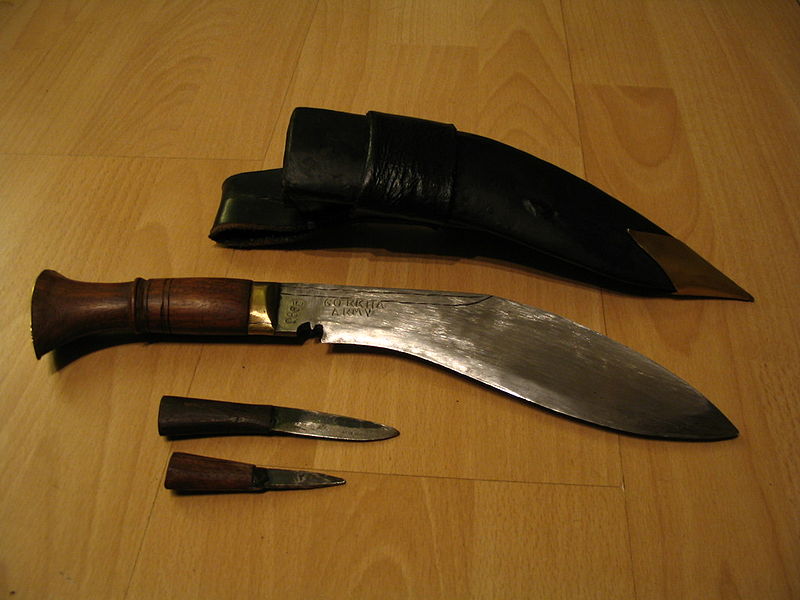The always-entertaining David Thompson harks back to the early days of blogging by indulging in what used to be called “a Fisking“:
In the pages of the New York Times, a philosophy professor named George Yancy is gushing his little heart out:
It is hard to admit we are sexist. I, for instance, would like to think that I possess genuine feminist bona fides, but who am I kidding? I am a failed and broken feminist.
Upon which revelation, I suppose we could all just stop and go home. But no, let’s press on.
More pointedly, I am sexist. There are times when I fear for the loss of my own entitlement as a male. Toxic masculinity takes many forms. All forms continue to hurt and to violate women.
The word toxic, by the way, is deployed no fewer than nine times, excluding various synonyms, as if it were an incantation. Now brace yourselves for some full-on testosterone-jacked beastliness.
For example, before I got married, I insisted that my wife take my last name… While this was not sexual assault, my insistence was a violation of her independence.
To reiterate. Asking a fiancée if she’ll change her surname upon marriage, as is still the custom, perhaps to avoid confusing people as to whether you’re actually married or not, and possibly to avoid imposing on any children lengthy hyphenated surnames… this is not sexual assault. I’m glad we’ve cleared that up.
[…]
Or, as our educator puts it, tearfully, his face reddened with shame,
When I was about 15 years old, I said to a friend of mine, “Why must you always look at a girl’s butt?” He promptly responded: “Are you gay or something? What else should I look at, a guy’s butt?” He was already wearing the mask. He had already learned the lessons of patriarchal masculinity.
Yes, adolescent butt-watching. Oh calamitous woe. And which, apparently, girls never indulge in. Presumably, we should only be sexually attracted to personalities, and never the fleshy packaging.
There was no wiggle room for me to be both antisexist and antimisogynistic and yet a heterosexual young boy. You see, other males had rewarded his gaze by joining in the objectifying practice: “Look at that butt!” It was a collective act of devaluation.
Or possibly the reverse.
The acts of soul murder had already begun.
I’ll just leave that one there, I think.









